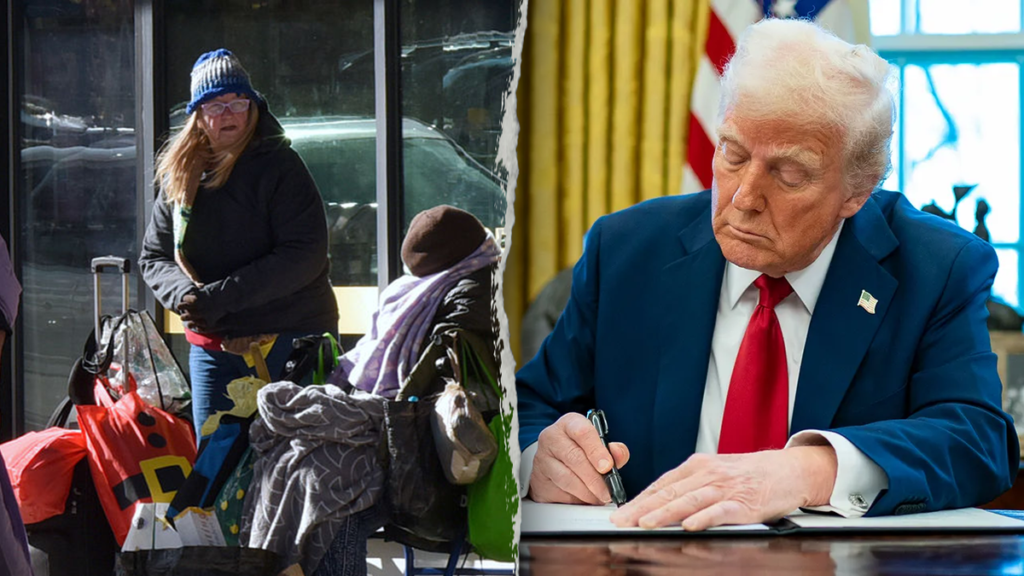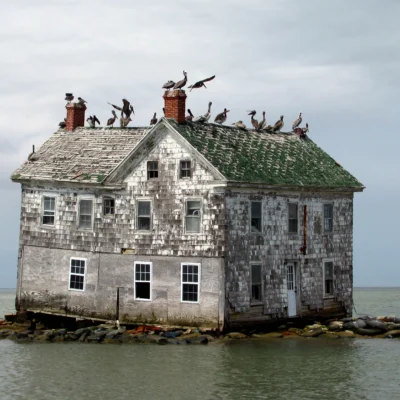Former President Donald Trump has signed a controversial new executive order urging cities and states across the U.S. to remove homeless people from public spaces. The move has sparked strong reactions from both supporters and critics. While some see it as a step toward restoring public order and safety, others argue that it criminalizes poverty and overlooks deeper social issues.
This article breaks down what the order means, why it matters, and what it could mean for homeless communities and American cities in the future.
What Is the Trump Order on Homelessness?
The Trump order on homelessness calls on local governments to clear encampments, tents, and unhoused individuals from sidewalks, parks, and other public places. It instructs federal agencies to work with cities and states to “restore law and order” and “return public spaces to the people.” The order also proposes the creation of more “temporary shelter facilities” outside of city centers.
Here are the key points of the order:
- Encourages cities to ban public encampments.
- Provides federal support for new shelters and law enforcement.
- Links homelessness to public safety and economic harm.
- Pressures local governments to take visible action quickly.
According to the Trump team, the goal is to “end the crisis of homelessness in America’s streets,” especially in major cities like Los Angeles, San Francisco, Portland, and New York.
Why Trump Signed the Order Now
The timing of this order is no accident. As Trump continues his campaign for the 2024 presidential election, issues of law and order, urban safety, and public health are major talking points. Homelessness, which is on the rise in many U.S. cities, has become a visual and political flashpoint.
Supporters of the order argue that public spaces have been “taken over” by tents, trash, and drug use, scaring away tourists and residents. They believe that the Trump order on homelessness will push local officials to act more aggressively to fix what they see as urban decay.
Critics, however, say that this is more about politics than policy — a way to look tough on crime and social issues without offering real solutions.
Supporters Applaud Move to ‘Clean Up the Streets’
Conservative leaders, business groups, and some city residents have welcomed the order.
Key Arguments in Support:
- Restores public safety: Tents and homeless camps are often linked to crime, drug use, and unsafe conditions for residents and small businesses.
- Helps cities regain control: Some argue that local leaders have failed to deal with homelessness effectively, and federal pressure is necessary.
- Visual improvement: Downtown areas have seen a rise in unsanitary conditions, and clearing camps is seen as a way to bring back tourism and local foot traffic.
- Saves lives: Trump and his allies claim that many homeless individuals are addicted or mentally ill and that removing them from the streets is “compassionate.”
“The streets of our cities have become unrecognizable,” Trump said during a press briefing. “This isn’t just about appearances. It’s about safety, health, and restoring America’s greatness.”
Critics Say the Order Misses the Bigger Picture

Despite support from some quarters, the Trump order on homelessness has been met with intense backlash from homelessness advocates, civil rights groups, and public health experts.
Key Criticisms:
- Criminalizes poverty: Instead of providing housing, the order increases police presence and pressure, which can lead to fines, arrests, or forced relocation.
- Lacks long-term solutions: The order does not invest in affordable housing, mental health support, or job training — widely seen as essential parts of solving homelessness.
- Violates human rights: Some legal experts argue that removing people from public spaces without offering real alternatives could breach constitutional rights.
- Hurts the most vulnerable: Many unhoused individuals are veterans, people with disabilities, or victims of domestic violence. Simply “moving them” may worsen their situation.
Eric Tars, legal director of the National Homelessness Law Center, said:
“This approach has failed time and time again. You can’t arrest your way out of homelessness.”
What Cities Are Saying and Doing
City governments now face a tough choice: comply with the Trump order on homelessness — or push back.
Cities Taking Action:
- Miami and Houston: Have already increased police patrols and cleared large encampments in recent months.
- San Diego: Announced new shelter space and expanded “safe sleeping sites” following federal discussions.
- Atlanta: Plans to build a centralized “homeless navigation center” on the city’s outskirts, combining shelter and services.
Cities Pushing Back:
- San Francisco: Mayor London Breed said, “We will not solve homelessness by criminalizing it.”
- Portland: City officials argue that they need more federal funding, not pressure.
- New York City: Mayor Eric Adams expressed caution, saying, “We need help, not blame.”
Some cities are caught in the middle, balancing public concern with legal and moral responsibilities.
The Bigger Picture: What Causes Homelessness?
To understand the controversy, it’s important to look beyond the politics.
Common Causes of Homelessness:
- Lack of affordable housing
- Mental health and addiction issues
- Job loss or underemployment
- Medical debt and health emergencies
- Family breakdown or domestic violence
According to the U.S. Department of Housing and Urban Development (HUD), over 653,000 people were homeless on a single night in 2023 — the highest number recorded in over 15 years.
Nearly 40% of them were unsheltered, meaning they slept in tents, cars, or public spaces.
What Experts Say Should Be Done
While the Trump order on homelessness focuses on enforcement, experts suggest a more holistic, service-based approach.
Evidence-Based Solutions Include:
- Permanent supportive housing: Giving people a place to live first, then addressing addiction or employment issues.
- Rent control and housing vouchers: Making cities more livable for low-income residents.
- Mental health and addiction services: On-site care in shelters or community clinics.
- Job training and re-entry programs: Helping people rejoin the workforce.
The success of these models has been proven in cities like Salt Lake City and Helsinki, which nearly eliminated long-term homelessness using a “housing-first” approach.
Public Opinion Is Divided
A recent poll conducted by Gallup found that 54% of Americans support stricter policies to remove homeless encampments, especially in downtown areas. However, 67% also believe that government spending on affordable housing and mental health support should increase.
This split reflects the complexity of the issue — and the tension between compassion and public order.
What’s Next?
It’s unclear how far the Trump order on homelessness will go in practice. While it sends a strong political message, many cities and courts could block or soften enforcement. Legal battles are likely if individuals are arrested or displaced without proper support.
What’s certain is that homelessness remains one of America’s most visible and painful problems — and it won’t be solved overnight.
Whether Trump’s directive helps or harms the issue depends on what cities do next — and whether the federal government follows up with more than just enforcement orders.
Final Thoughts
The Trump order on homelessness has ignited a national conversation. At its core, the debate isn’t just about tents and sidewalks — it’s about how we treat people in crisis.
Is this a necessary step toward safer streets, or a policy that punishes the poor? Time — and the actions of local governments — will tell.
What’s clear is that lasting solutions must go beyond political slogans. They must address the roots of homelessness: housing, healthcare, and hope.
Read Next – Candace Owens Defamation Lawsuit: Her Response to Macron’s Legal Move






